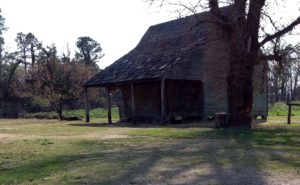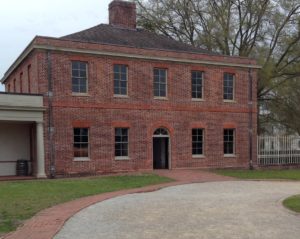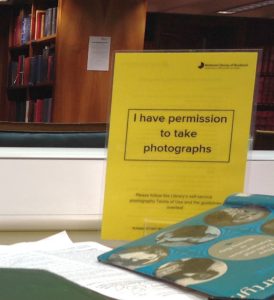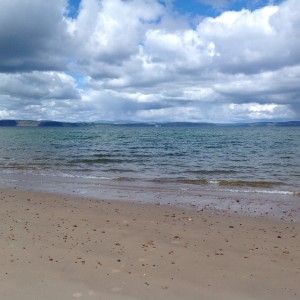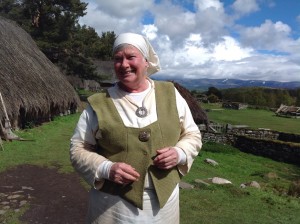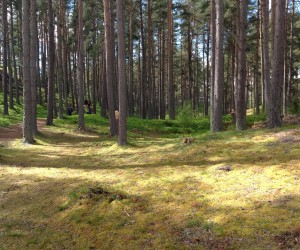So many family histories are written by and about men, so we often miss out on good stories about our female ancestors.
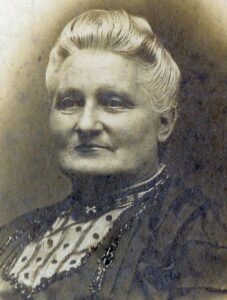 Sadly, I’m not finding much info on my great grandmother, “Salome Anna Elizabeth Line Lindsey,” a woman my mother always referred to as “Annie Line.” (Was it originally Anna E. Line? Seems like a game of telephone, right?) Her lineage, though, is fascinating–to my surprise she was of Swiss German descent through and through.
Sadly, I’m not finding much info on my great grandmother, “Salome Anna Elizabeth Line Lindsey,” a woman my mother always referred to as “Annie Line.” (Was it originally Anna E. Line? Seems like a game of telephone, right?) Her lineage, though, is fascinating–to my surprise she was of Swiss German descent through and through.
What I’ve found so far goes back to the 1600s, to her 4x great grandfather Heinrich Zimmerman of the Canton of Bern, who once served in King Louis XIV’s French army as a pikeman. Pikeman? That’s right. Swiss pikemen were mercenary soldiers. Heinrich belonged to an elite guard skilled at wielding a 16’4″ spear, or pike.
Annie Line’s 4x great-grandmother, Salome Rufener, wasn’t half bad herself.
In 1706 Heinrich Zimmerman joined in a struggle against the [ruling class of the] Canton of Bern. This, as usual, miscarried, and he and his wife and two children had … to seek safety in flight. … They stole off in the night, … making for the border. By the next daylight they were near the Lake of Thun, where Heinrich had secured a boat. … [Two hussars were in pursuit.] His wife and the [two] children were in the boat, but just as [Heinrich] reached the boat, [a Hussar] caught him by the skirt of his coat. Salome rose to the occasion, and by a well-directed blow with an oar, laid him sprawling. Heinrich sprang aboard. She pushed off, and they were safe.*
Hurray for Salome!
Heinrich’s struggle against the government of the Canton of Bern led me to a deep dive into his possible motives. At the time there was a good deal of persecution against the Mennonites in Bern. Then too, Heinrich may have objected to unfair treatment of regular citizens by the ruling oligarchy. Whatever the case, he and Salome made good their escape and they and their two young sons arrived in Germantown, Pennsylvania circa 1706.
I’ve digested enough history about the Central Alps and Swiss Germans to Pennsylvania that I’ve designed another talk, From Pikeman to Pennsylvania: Swiss Ancestral Origins. Click on the link for the full description of this talk and others.
*Excerpted from Edmund Sawyer Walker, A.M., “Genealogical Notes of the Carpenter Family Including the Autobiography, and Personal Reminiscences of Dr. Seymour D. Carpenter” (1907; Springfield, Illinois: Illinois State Journal Co.) This family history narrative, and many others of Zimmerman / Carpenter descent, is available here.

